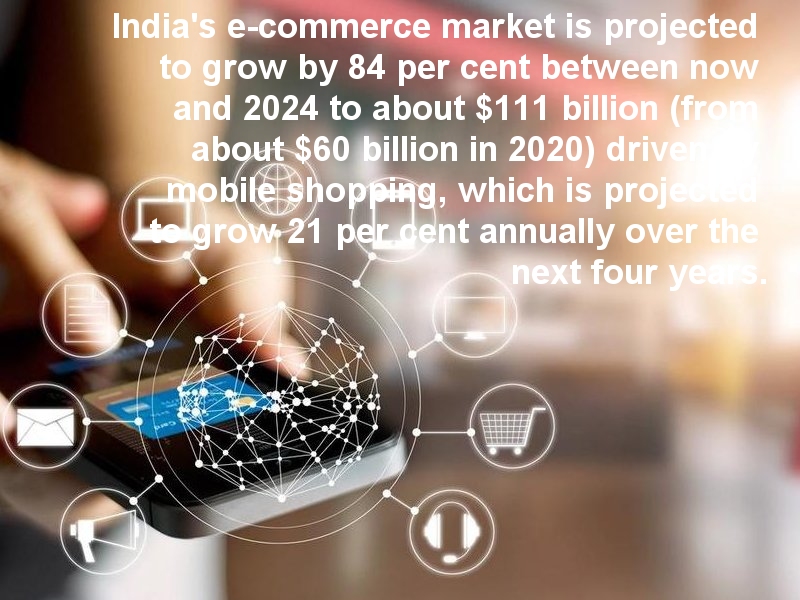E-commerce is the buying and selling of good or services via the internet, and
the transfer of money and data to complete the sales. It’s also known as
electronic commerce or internet commerce.
Types of e-commerce
-
-
Business to Consumer (B2C): Business to consumer means that the
sale is taking place between a business and a consumer, like when you
buy a rug from an online retailer.
-
Business to Business (B2B): B2B e-commerce refers to a business
selling a good or service to another business, like a manufacturer and
wholesaler, or a wholesaler and a retailer. Business to business
e-commerce isn’t consumer-facing, and usually involves products like raw
materials, software, or products that are combined. Manufacturers also
sell directly to retailers via B2B ecommerce.
-
Direct to Consumer (D2C): Direct to consumer e-commerce is the
newest model of ecommerce. D2C means that a brand is selling directly to
their end customer without going through a retailer, distributor, or
wholesaler. Subscriptions are a popular D2C item, and social selling via
platforms like InstaGram, Pinterest, Facebook, SnapChat, etc. are
popular platforms for direct to consumer sales.
-
Consumer to Consumer (C2C): C2C e-commerce refers to the sale
of a good or service to another consumer. Consumer to consumer sales
take place on platforms like eBay, Etsy, Fivver, etc.
-
Consumer to Business (C2B): Consumer to business is when an
individual sells their services or products to a business organization.
C2B encompasses influencers offering exposure, photographers,
consultants, freelance writers, etc..
Here are some examples of types of e-commerce:
-
Retail: The sale of products directly to a consumer without an
intermediary.
-
Drop shipping: The sale of products that are manufactured and
shipped to consumers via a third party.
-
Digital products: Downloadable items like templates, courses,
e-books, software, or media that must be purchased for use. Whether it’s the
purchase of software, tools, cloud-based products or digital assets, these
represent a large percentage of ecommerce transactions.
-
Wholesale: Products sold in bulk. Wholesale products are usually
sold to a retailer, who then sells the products to consumers.
-
Services: These are skills like coaching, writing, influencer
marketing, etc., that are purchased and paid for online.
-
Subscription: A popular D2C model, subscription services are the
recurring purchases of products or services on a regular basis.
-
Crowdfunding: Crowdfunding allows sellers to raise startup capital
in order to bring their product to the market. Once enough consumers have
purchased the item, it’s then created and shipped.
